- Center on Health Equity & Access
- Clinical
- Health Care Cost
- Health Care Delivery
- Insurance
- Policy
- Technology
- Value-Based Care
Are Oncology Clinical Pathways a Value Framework in the Making?
Evidence-Based Oncology invited a panel of experts who are experienced in the creation of oncology care pathways, use them in their practice, and have researched the development and implementation of care pathways, to exchange ideas on the topic.
Clinical pathways remain ambiguous for much of oncology and its stakeholders. Adoption has been slow, and it is fraught with negotiations and push-back from providers. This could be due to a lack of understanding of how a treatment regimen was developed and who participated in the process, or it could be the result of reservations about the recommendations, which may clash with the oncologist’s clinical experience or opinion.
To gain an understanding of this gray area, Evidence-Based Oncology invited a panel of experts who are experienced in the creation of oncology care pathways, use them in their practice, and have researched the development and implementation of care pathways. The discussion included Robert Dubois, MD, PhD, chief science officer and executive vice president, National Pharmaceutical Council, and Blase N. Polite, MD, MPP, associate professor of medicine, chief quality officer, Section of Hematology/Oncology, University of Chicago. Polite also serves on the American Society of Clinical Oncology’s Value Task Force and their Payment Reform Working Group. The panel also included 2 experts from organizations that develop clinical pathways: Michael Fisch, MD, MPH, medical director, Medical Oncology, AIM Specialty Health (a division of Anthem), and Kathy Lokay, president and CEO, Via Oncology.
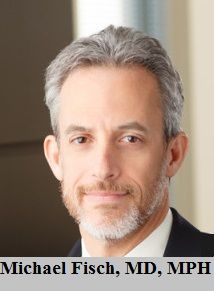
The discussion began with each panelist providing his or her perspective on what is an oncology care pathway. According to Fisch, pathways are created to provide optimal care choices from among a large pool of evidence-based choices that oncologists are faced with on a daily basis, although he said they may not be as comprehensive as the guidelines developed by the National Comprehensive Cancer Network. “I think our focus, at least with the pathways that we’re doing with AIM Specialty Health and Anthem, is on drug regimen treatment choices,” said Fisch, where the emphasis is on efficacy and safety, with cost considered only when the first 2 features overlap for the treatments being compared.
Via Oncology takes a slightly different approach, according to Lokay, but that’s only because of their customer base, she pointed out: cancer centers that are open to a more specific, case-by-case method. According to Lokay, the pathway development committee leans toward a more stratified pathway driven by a specific case presentation. In her opinion, care pathways extend beyond medical oncology and can be mirrored in all aspects of cancer care, including radiation oncology and symptom management, as long as the highest standards of evidence are used.
“If you want to be a purist, in my way of thinking about it, the element that’s unique about pathways is a longitudinal characteristic,” said Dubois, unlike guidelines that work off of a single node. The practicing oncologist in the group, Polite considers pathways a clinical decision tool that ensures care providers avoid unnecessary variability in care while also being armed with necessary flexibility. “This is a way to ensure some consistency in how we see patients, such that if a patient comes into my office or comes into one of my satellite’s offices with the same diagnosis, they’re not being treated in several different ways,” he said. “It’s not whose door [patients] choose to open on that day and what appointment they get, but much more a consensus driven opinion by experts using evidence-based medicine.”
AIM Specialty Health and Via Oncology have somewhat distinct approaches to their pathway development process, in terms of the evidence used. AIM uses published clinical data, updated in a quarterly fashion, which is then implemented based on the specific cancer type, and the outcome being evaluated (progression-free survival, overall survival, response rate, etc) may vary, according to Fisch. He added that safety and quality-of-life outcomes are also curated in the pathway development process, along with costs.
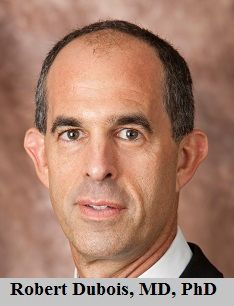
Via Oncology, on the other hand, defragments individual case presentations to identify the subpopulations of patients for which a specific treatment can be defined. Then, this is corroborated with published literature and included as a pathway recommendation, Lokay said. Their committee also considers alternate scenarios for patients that might warrant a different approach, although she agreed with Fisch in that efficacy, toxicity, and cost are considered, in that order, when comparing treatments. “So for us, really if we look across all the end branches, the primary end branches of our medical oncology pathways at least, the cost decision really only comes into account about 5% of the time.”
Dubois referenced a recent analysis that was published by the National Pharmaceutical Council (NPC) in The American Journal of Managed Care that stemmed out of a survey conducted by NPC among the various stakeholders—developers to end users.1 “What we found was extremely variable approaches to both the development and the implementation of the pathway,” said Dubois. As of yet, there are no stringent guidelines for developing these pathways, he added, saying that the variability is multifactorial and may lend itself in the form of evidence used, outcomes evaluated, or whether expert assessment versus consensus is used. Dubois believes there needs to be more consideration for heterogeneity of patient response, and the granularity of guidance should be driven by the extent of compliance that is expected.
Polite responded, saying that from a policy standpoint, clinical pathways—whether used to ensure quality or for preauthorization—“should have some sort of deeming process where we essentially bless pathways and say if you’re using a blessed pathway, then that pathway should be considered by all payers.” This process would also blend with healthcare’s movement to value-based pricing. Polite, however, does not believe that clinical pathways have matured enough to be a useful tool for a shared decision-making process. Fisch and Lokay agreed that pathways are a general guide and that the final decision should be made by the physician in discussions with the patient.
When queried on the increased administrative burden of pathways, Polite said, “Well, there’s no question it can be a very clunky process as you start a pathway.” However, some pathways, like the ones used by practices within the US Oncology network, have been around long enough that they are a part of the clinic’s regular workflow. When used as a stand-alone, pathways can add to the administrative burden, Polite said, but he expects this will improve with time.
“If we’re facing a situation where I have to use a different pathway based on whether my patient is a Blue Cross patient or an Aetna patient or Medicare Advantage patient, and each one of those has a different order set and different priority, that is going to create significant frustration and blowback from the oncology community,” said Polite, adding that the field is moving in the direction of a consensus for which payers, the pharmaceutical industry, and providers all need to lend an equal voice.
Encouraging Off-Pathway Regimens
Doctors are concerned that they would be penalized for wavering from the recommended treatment regimen, based on patient response or if they want to include a new and innovative treatment. Lokay explained that 100% pathway adherence is never the goal. “Really what you’re doing is you’re saying ‘Can we really develop pathways to address about 80% of the patients within a given disease?’ There’s always the ability to go off-pathway.”
According to Lokay, the pathway program developed by Via Oncology offers physicians the option to explain why they chose to go off-pathway and to document the alternative treatment being used. Lokay said that newer therapies are included in the bucket of therapies that can be used if a physician decides to go off-pathway. Depending on the impact of the new treatment, the decision committee could either meet immediately or discusses the inclusion of the new treatment at its quarterly meeting. “Ultimately, everything comes back to that shared decision making between the physician and the patient,” added Lokay. “The pathway should never drive an inappropriate decision.”
Fisch agreed with Lokay on the need for flexibility in pathways, especially in the scenario that a uniform set of pathways could be used across health plans to allow nimbleness to the process as new evidence builds. He said that clinical pathways will never be exhaustive because they are built “to make adjustments in real time.”
Creating a Learning Healthcare System
Can the standardized, evidence-based regimens proposed by care pathways provide assurance of high-value care? According to Polite, the definition of the term “value” is muddled at best. Technically, value is a ratio of efficacy and cost, and he believes pathways prevent oncologists from being penalized for offering the optimal treatment to their patients. Citing biomarker-driven treatment as an example, Polite said that if oncologists use anaplastic lymphoma kinase (ALK) expression or programmed cell death protein 1 (PD-1) expression to decide that their patient should be treated with an ALK inhibitor or a PD-1 inhibitor, respectively, being on- or off-pathway becomes a moot point.
On the other hand, pathways stop physicians from repeatedly administering expensive treatments that are less efficacious, he said. “There may be one or two patients that you decide that’s appropriate for, but if that becomes your pattern of care, that’s not going to be acceptable.”
Dubois agreed, but emphasized that clinical trial data—the evidence most commonly used to develop pathways—are a snapshot in time, which contradicts the longitudinal nature of pathways. Collecting evidence to support the continual impact of following a pathway to treat a patient would require quality measures that out healthcare system currently lacks, according to Dubois.
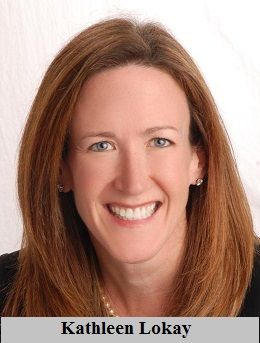
Lokay argued that clinical pathways are embedded with quality checks—from the tests to be ordered to the drugs to be used based on mutational analysis. She believes that empirical evidence is built into the pathways. When Dubois argued that these are actually process measures and do not provide a window into patient performance and effectiveness of a treatment, Fisch responded that there is opportunity to gather evidence over time. He reasoned that one can collect patient performance data over time from clinical trials and by following clinical guidelines as well as Choosing Wisely recommendations. Additionally, hospitalization data, other outcomes data, cost of care data that assimilate over time can be fed back to modify the pathways, resulting in a learning healthcare system, Fisch said. Polite pointed out that it is often missed that pathways provide granularity to data collection that would otherwise be impossible to assemble with claims data, such as the pathological detail, performance status, or biomarker expression.
Challenges With Adoption
Is it harder to implement pathways in a small community center versus in a bigger place like an academic cancer center? According to Polite, who works in an academic hospital setting, a bigger cancer center might witness more resistance from physicians. “The struggle that you have at an academic medical center is that the people who are treating these cancers are all justifiably experts in their field,” said Polite, and they can have strong clinical opinions, making it difficult to drive consensus. So the approach devised by several cancer centers is to be flexible and to involve the experts at the institute in pathway creation, in tandem with the pathway vendor, he explained. “I think it’s about having a process, like at Via Oncology, where people can be at the table and express their opinions on why they think things should be done differently.”
Fisch would like to see academic centers break their mold and focus on ways to distinguish themselves beyond having the most renowned experts on the roster. He said they need to highlight their unique research environment, which creates a melting pot of diverse medical experts such as in surgery and pathology. These centers would gain from emphasizing the extent of communication and patient-centered care that they provide and the various resources that are coalesced to improve patient outcomes, Fisch said.
Patient Awareness on Clinical Pathways
Dubois highlighted another important and interesting finding from their survey, which was the level of transparency for the patients being treated on pathways.1 The survey found that patients are not necessarily aware that doctors are making treatment recommendations based on pathways. “I think what is probably the least transparent are the financial incentives to pathway compliance and whether the patients are aware of that,” Dubois noted. He believes that patients should be told if their treatment follows a predetermined pathway, and they should also be made aware of financial incentives that may be associated with adherence to pathways.
Polite, however, did not agree. He said that he does not share this information with his patients and has not thought of doing so in his clinic. “If you want to start [sharing this information], then it comes down to [us] telling our patients about our compensation packages, our productivity packages, how much money we get for enrolling patients in clinical trials,” Polite said.
Fisch pointed out the minimal understanding and concern that patients and physicians often have with the cost of cancer care. He cited the example of clinical fellows making treatment choices without any knowledge on how much the regimen costs. “There are dozens of choices that are evidence-based, and the fellow makes a recommendation and I ask—that’s perfectly acceptable—‘How much do you think 12 weeks of that therapy costs? The fellow has not even a point estimate.” Physicians are also quite unaware of their patients’ insurance plan and their liability.
Fisch doesn’t believe transparency is a problem with clinical pathways. “AIM or Anthem pathways are completely transparent—what they are, what the nature of the program is—and we encourage doctors to talk to patients about it and for patients and families to understand it,” he said. Fisch believes it is important to educate patients and their families on which pathway choices can be optimal based on efficacy, safety, and costs.
When asked to comment on the incorporation of palliative care in pathways, Fisch said that the pathways approach can extend beyond just drug regimens to other realms as well. With widespread acknowledgement of the benefits of palliative care to patient outcomes, he thinks principles of palliative care will soon be included on pathways to promote value and quality care.
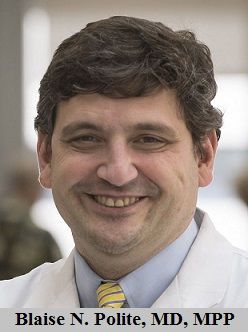
“I don’t think there’s any one right answer,” said Lokay. “We’ve tried a number of things, using the software decision support tool, to ask physicians to document the treatment intent and whether it was discussed with the patient as a proxy for encouraging those discussions,” she said. Via Oncology, Lokay said, has struggled to figure out the right pieces to incorporate in pathways that would make an impact on palliative care in oncology.
Polite believes that although the oncology community has lagged in providing better options to patients for palliative care, pathways could force a more formal process for “thinking through some of the issues that perhaps either we don’t think about or maybe sometimes don’t want to think about.” He believes that pathways will have a very important role to play as healthcare increasingly moves toward alternate payment models. Polite is personally against the bundled payment models. He argues that oncologists are not responsible for the launch price of drugs and should not be penalized for using these high-priced drugs if they are using them appropriately. “I think [pathways] have a lot of ability to help us in new payment worlds,” he said.
Agreeing with Polite, Lokay said that helping individuals understand that they do not necessarily have to take risks with the way they use drugs and treatments is important. “Maybe pathways are a better way to control utilization, and they don’t really put the physician and the patient in the middle when costs go up.”
Fisch emphasized that pathways are a value framework, in a sense, because they summarize clinical evidence while weighing-in costs and outcomes. He added that despite the differences in specific choices, there is enough concordance between pathways created by different pathway developers, considering that the pool of clinical evidence is the same. While pathways will continue to evolve with the accumulation of longitudinal data, “there’s widespread acceptance of the specific choices that are involved in the pathways because they’re familiar and evidence-based,” Fisch said.
Dubois believes clinical pathways is a relatively young field that requires improvements in multiple aspects. In addition to gathering more long-term data, outcome measures that ensure patient performance are necessary, he said. “As we progress [in this field], we need to compare different sites that are using pathways or not, patients that are on the pathways or not. Making certain that patient outcomes are the way they need to be. If they’re not, then we revise the pathways and move forward accordingly.”
You can access the panel discussion here: http://www.ajmc.com/panel-discussion/clinical-pathways-in-oncology.
Reference
- Chawla A1, Westrich K, Matter S, Kaltenboeck A, Dubois R. Care pathways in US healthcare settings: current successes and limitations, and future challenges. Am J Manag Care. 2016;22(1):53-62.
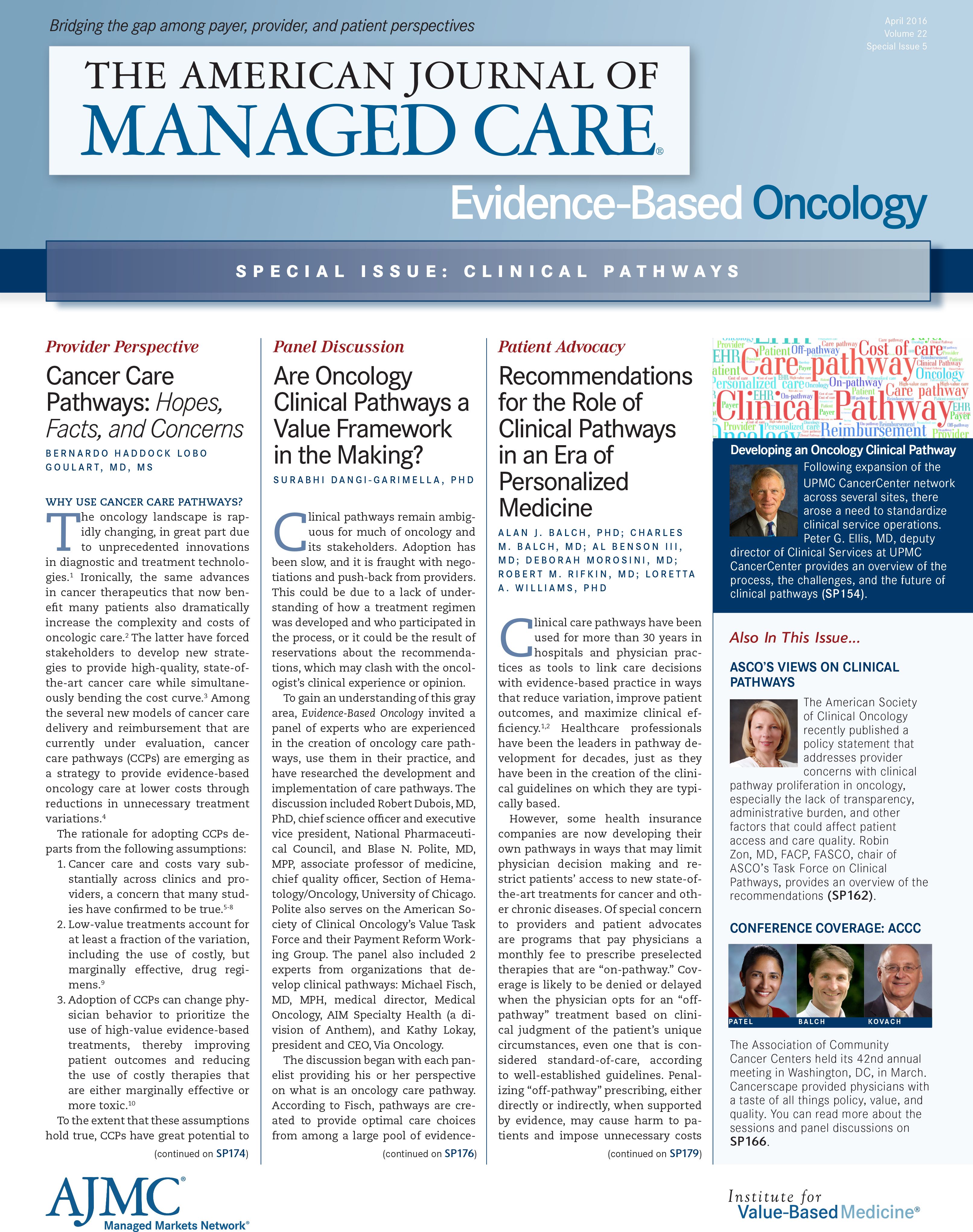
Trends in Hospital Pricing for Vulnerable Emergency Department Users, 2021-2023
December 4th 2025Self-pay emergency department prices rose significantly from 2021 to 2023, especially at for-profit and system-affiliated hospitals, highlighting growing affordability challenges for uninsured and underinsured patients.
Read More

